Please note: This school profile was written in 2019 as part of our "Climbing to Thriving" series highlighting bright spots in our public schools. The school data and other school information in this article are from 2019 and earlier.
Climbing to Thriving School Profile
Whitsitt Elementary
School Quick Facts
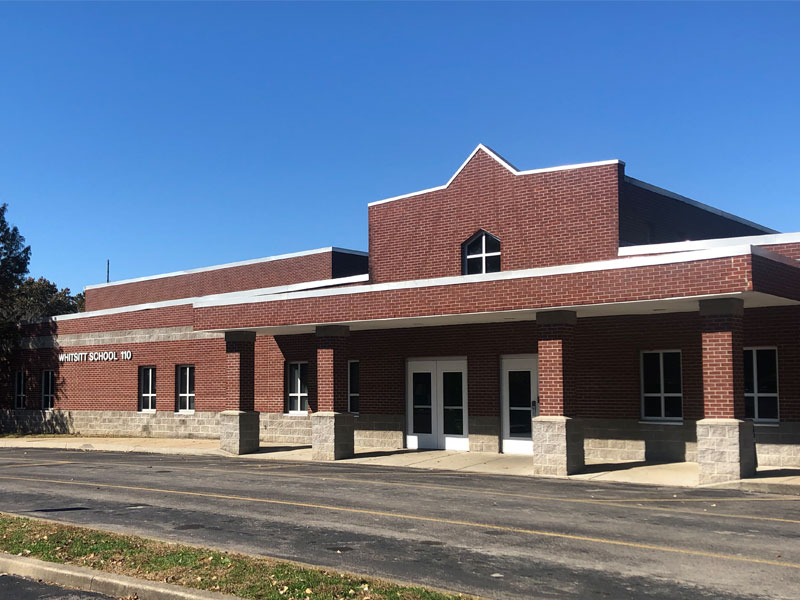
Location: South Nashville (Glencliff High School Cluster)
Total number of students: 413
Principal: Justin Uppinghouse
Years in the role: 5
student enrollment

70.5% Hispanic or Latino
13.1% Black or African American
12.1% White
3.6% Asian
0.7% Native American or Alaskan
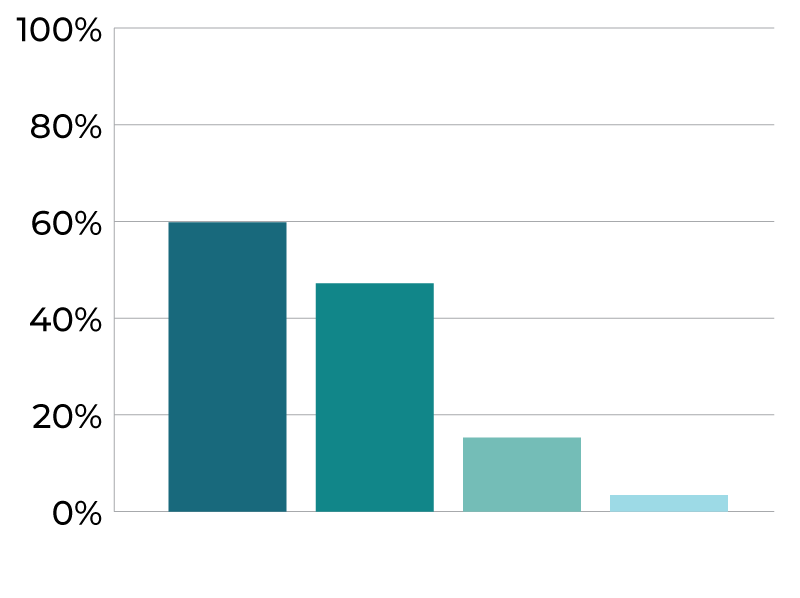
59.8% Economically Disadvantaged
47.2% English Learners
15.3% Students with Disabilities
3.4% Students who are Homeless
Whitsitt Elementary:
A World of Possibility

A beautiful, brightly colored mural painted on the wall is one of the first things you see when you walk into John B. Whitsitt Elementary School. At first glance, the mural brings a nice burst of energy to welcome those entering the school’s doors. But with a closer look, this piece of artwork tells a deeper story. Each shape and design—a bike, a flower, a soccer ball, people holding hands—represents something personally meaningful to the students of Whitsitt who helped create it. This mural gives Whitsitt an apt first impression—a school that welcomes, includes, and cares for all who are a part of its family.
It’s hard to tell that Whitsitt was one of nine MNPS schools on the state priority list—the bottom-performing 5% of public schools in Tennessee—in 2015.
This first impression is underscored as you walk through the halls and classrooms of Whitsitt. Not only are children ready and excited to learn—hands raised high in the air, students working together, teachers making lessons engaging and fun—but there’s a feeling of a little extra something special. Teachers are collaborating with each other in the hallways on the way to class, representatives from community partners like the Nashville Zoo and Adventure Science Center are in the school on a regular basis, and students walk through their school with confidence and pride. A large classroom has been converted into a maker space where students learn through discovery, completing hands-on activities with high- and low-tech equipment like 3D printers and magna-tiles. In this space, students are building understanding of complex science standards while having fun and playing together.
After just a brief walk-through, it is clear that Whitsitt has built a community of learning that is full of joy. It’s hard to tell that Whitsitt was one of nine MNPS schools on the state priority list—the bottom-performing 5% of public schools in Tennessee—in 2015.
2015 was Principal Justin Uppinghouse’s first year at Whitsitt. Living in Illinois and working as a school social worker and administrator, he applied for the principal position at Whitsitt after visiting Nashville on a school band trip. After four rounds of interviews involving role plays, case studies, and panels of questions, Uppinghouse was selected for the struggling South Nashville school. He was sold on Whitsitt because of the challenge posed by a school in need of quick, dramatic improvement and an appreciation for the South Nashville/Woodbine community and families it served. His unique experience in social work and deep belief in students foreshadowed his priorities leading the school, as well as the results they would soon begin to see. He had a vision for a school that provided meaningful, engaging educational experiences for its students in order to develop them as strong learners with the skills and confidence in themselves to reach any goal. Crucial to that vision was building a foundation of a collaborative team of highly effective educators and strong relationships with families and the community.
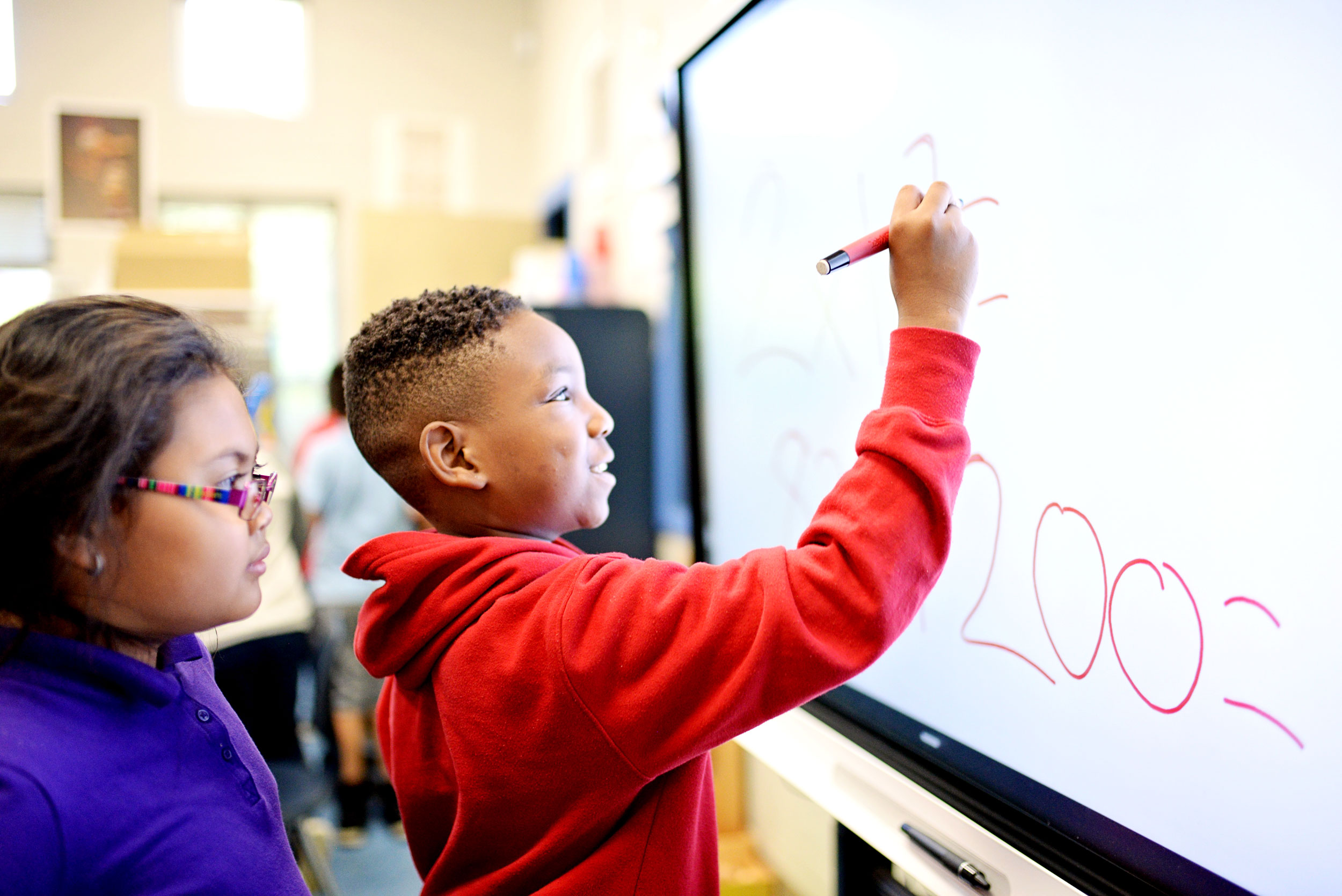
Growing Together Academic progress and a sense of belonging
How do we judge whether a school is succeeding? State standardized testing plays an important role in school accountability, as well as identifying trends and areas of improvement in how we are educating all students.
However, we also need to know what students are experiencing on a daily basis. How do they view their school? How do they view themselves? How do their families view their school and the education their child is receiving? What factors lead to students’ and families’ experiencing these outcomes and feelings? Whitsitt might not yet be achieving at pace with Nashville’s highest-performing schools, but there is a great deal of evidence that it is on the right track. Students and families experience a welcoming and inclusive school that provides students with learning that is academically rigorous, meaningful, and enriching, with the intent that these factors will lead to a lifetime of increased opportunity.
Overall TVAAS Scores
2017-18 School Year*
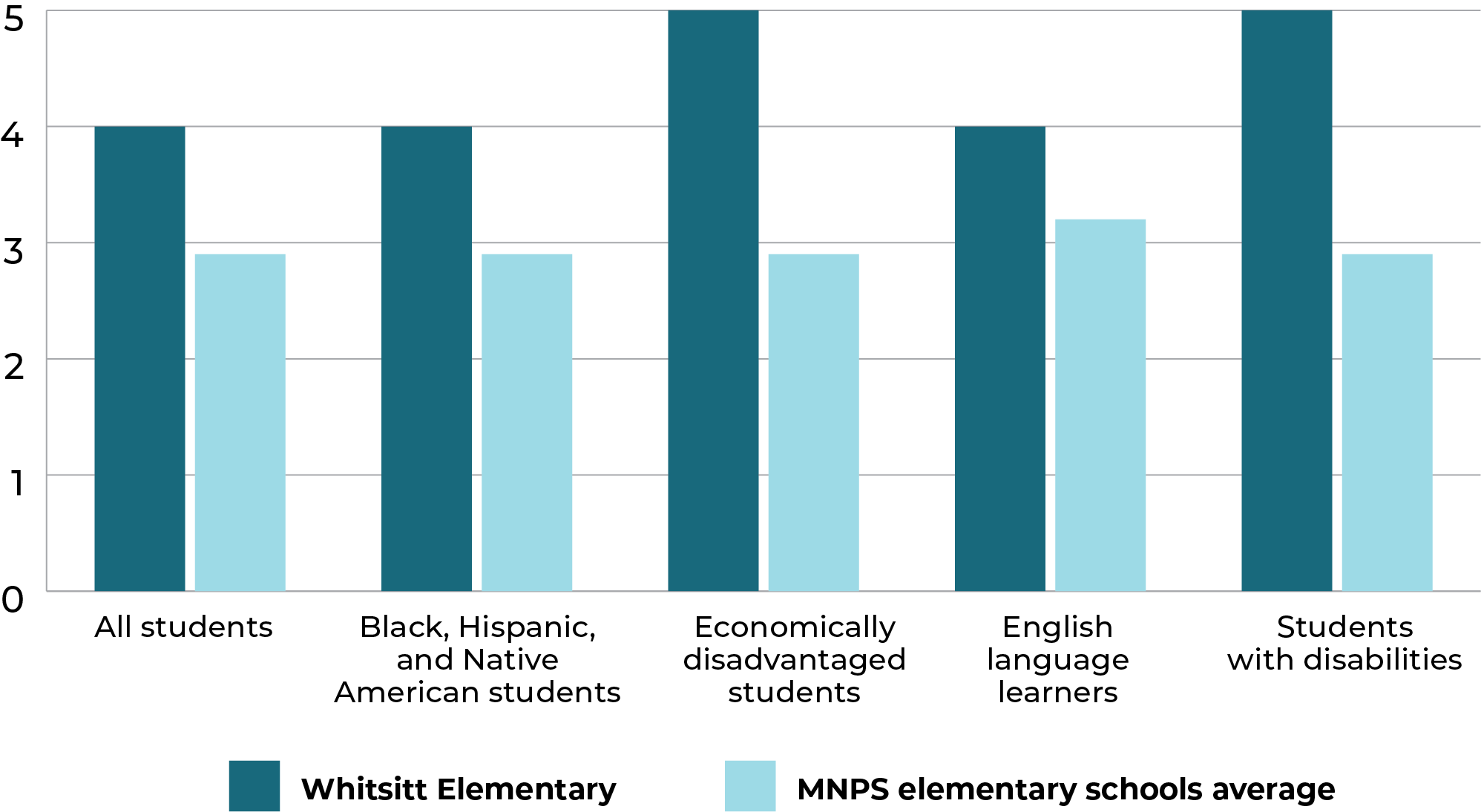
*The Tennessee Value-Added Assessment System measures student growth from year to year on a scale of 1 (significantly less than a year’s typical academic growth) to 5 (significantly more than a year’s typical academic growth) Source: TN Department of Education State Report Card, 2017-18 school year
Data shows that students at Whitsitt are growing academically—and quickly. In 2018, after four years under Principal Uppinghouse, Whitsitt exited off the state priority list. This feat, and in such a quick timeframe in the world of school turnaround work, was largely attributed to impressive gains in literacy growth, particularly for traditionally underserved populations. For the 2017–18 school year, Whitsitt earned a Level 5 Tennessee Value-Added Assessment System (TVAAS) score, the highest possible score, for literacy growth, representative of the fact that students demonstrated significant academic progress over the course of a school year in reading and writing. In simpler terms, students at Whitsitt who are behind grade level are catching up with their peers, and students who are already performing well are continuing to grow academically at a fast rate.
There is also plenty of evidence that students at Whitsitt love their school, and feel loved back. Students aren’t just told they are special at Whitsitt, they are shown it. Besides the beautiful mural at Whitsitt’s main entrance, one of the first things you see is a parade of flags hanging from the ceiling through the hallway—flags of all the countries represented by the school’s students and their families. Students are provided with learning experiences that are at once child-friendly, engaging, and academically rigorous—such as learning math and science through a school garden, a music classroom filled with hundreds of instruments, and lessons taught by community members that bring academic concepts to life. On the twice-yearly Panorama survey of all students, Whitsitt’s students report positive responses at a rate that is on par with or exceeding the district average for elementary schools on all categories, unusual results for a school that was so recently on the priority list. This level of student satisfaction is attributed in part to a principal who prioritizes a focus on educating students holistically—seeing them as children with interests, ideas, emotions, life experiences, and families—and creating a school culture that intentionally recognizes this on a daily basis. If you are a part of the Whitsitt family, you matter, you contribute, and you thrive.
Whitsitt might not yet be achieving at pace with Nashville’s highest-performing schools, but there is a great deal of evidence that it is on the right track.
The Need to Lead Differently
Building a team around a vision for student successAfter he arrived at Whitsitt, Uppinghouse’s first priority was to ensure that he had the right team of teachers and that his team was aligned around a common vision for the school—what was needed to get the school on the right track, but also a strong belief in what was possible. This included grounding new and veteran Whitsitt teachers on several key commitments: to understand the unique student population Whitsitt Elementary serves, to build and maintain a staff culture of collaboration and continuous learning, and to hold one another to a high bar of delivering an excellent education to all students. Intentionally level-setting on this vision for Whitsitt’s work was a crucial part of developing the team mentality for the work ahead, but also the shared accountability that would make it sustainable.
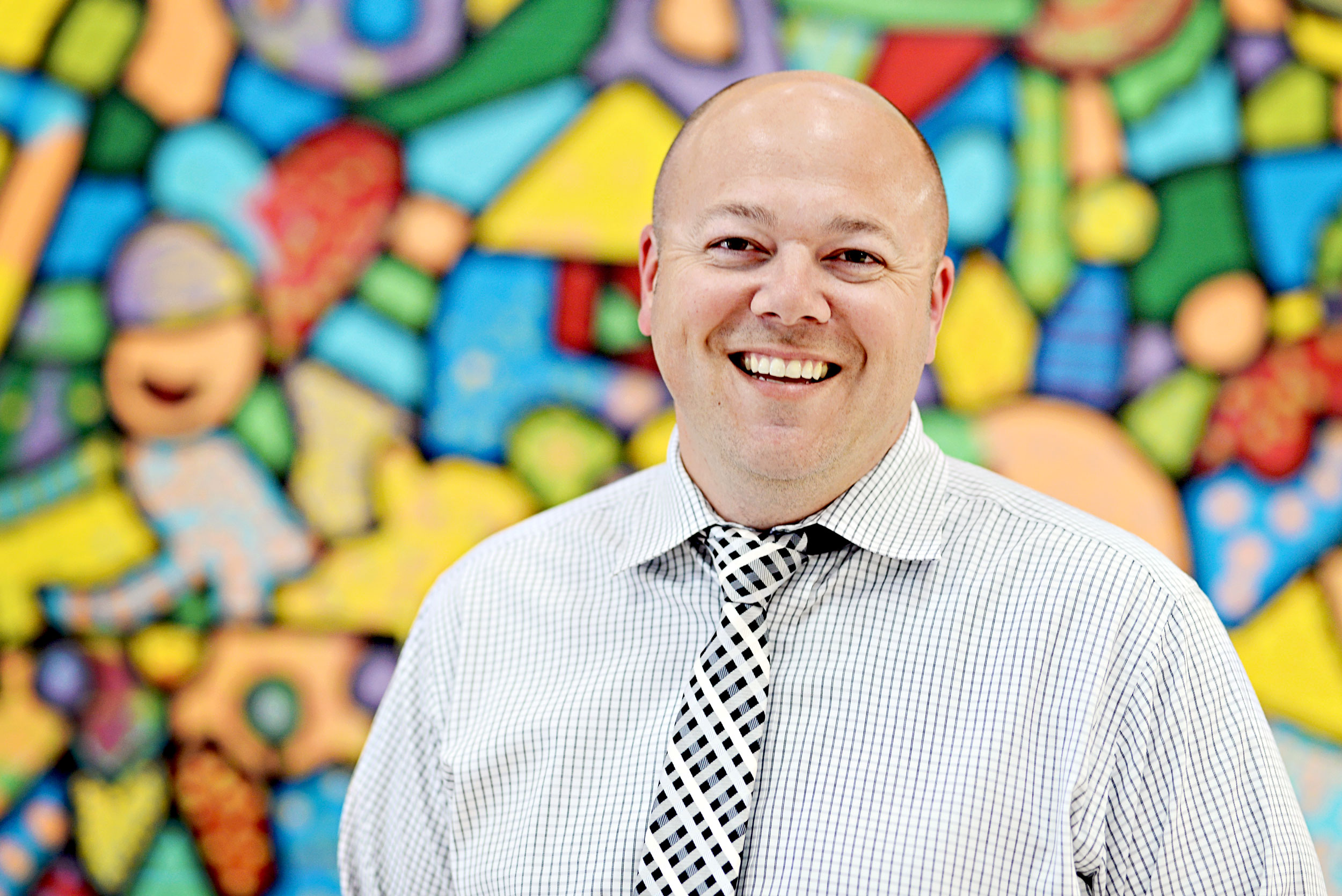
Uppinghouse continues to hire teachers with this vision in mind to ensure he has the right team at Whitsitt as the school and its work evolve. He looks for teachers who want to do uniquely challenging work at a historically struggling school like Whitsitt: those who seek a shared leadership role and want to provide input for how to make Whitsitt the best it can be. Good listeners and team players, but who are also confident and ready to speak up. Teachers who can bring something of their own to the table, but also fit into the school’s existing culture. Rather than only interviewing candidates himself, Uppinghouse brings in his whole team to have a conversation, observing their interactions and looking for the “it” factor that makes a great team work so well. When this level of care is taken to ensure positive relationships, norms, and communication among staff are intentionally built, it permeates into the culture and climate of the entire school building, benefiting those whom everyone ultimately aims to serve: the students.
Creating Systems that Provide Structure and Support
Priority schools receive additional funds to support underserved student populations, and in 2015 Whitsitt was no exception. When Uppinghouse came to Whitsitt, these additional dollars allowed him to hire an assistant principal and three coaches to support and develop his teachers. He was in classrooms on a daily basis, offering teachers feedback on what he wanted to see and structures around what classrooms should look like—interactive word walls, no more desks in a row, lesson plans descriptive about not only what would happen in class but how and why.
This consistency around expectations allows coaches and school leadership to provide support in a more organized, impactful way. It also helps ensure every student in every classroom receives a consistent, academically rigorous, and engaging learning experience each day. Despite these high and detailed expectations, teachers at Whitsitt don’t feel micromanaged or that their individual teaching styles and personalities are stifled in the classroom. This is because Uppinghouse matches his level of expectation with a significant emphasis on supporting and building trust with his team. Teachers at Whitsitt say that Uppinghouse “has their backs,” making sure teachers can provide input, have what they need to be successful, and don’t feel alone when problems arise.
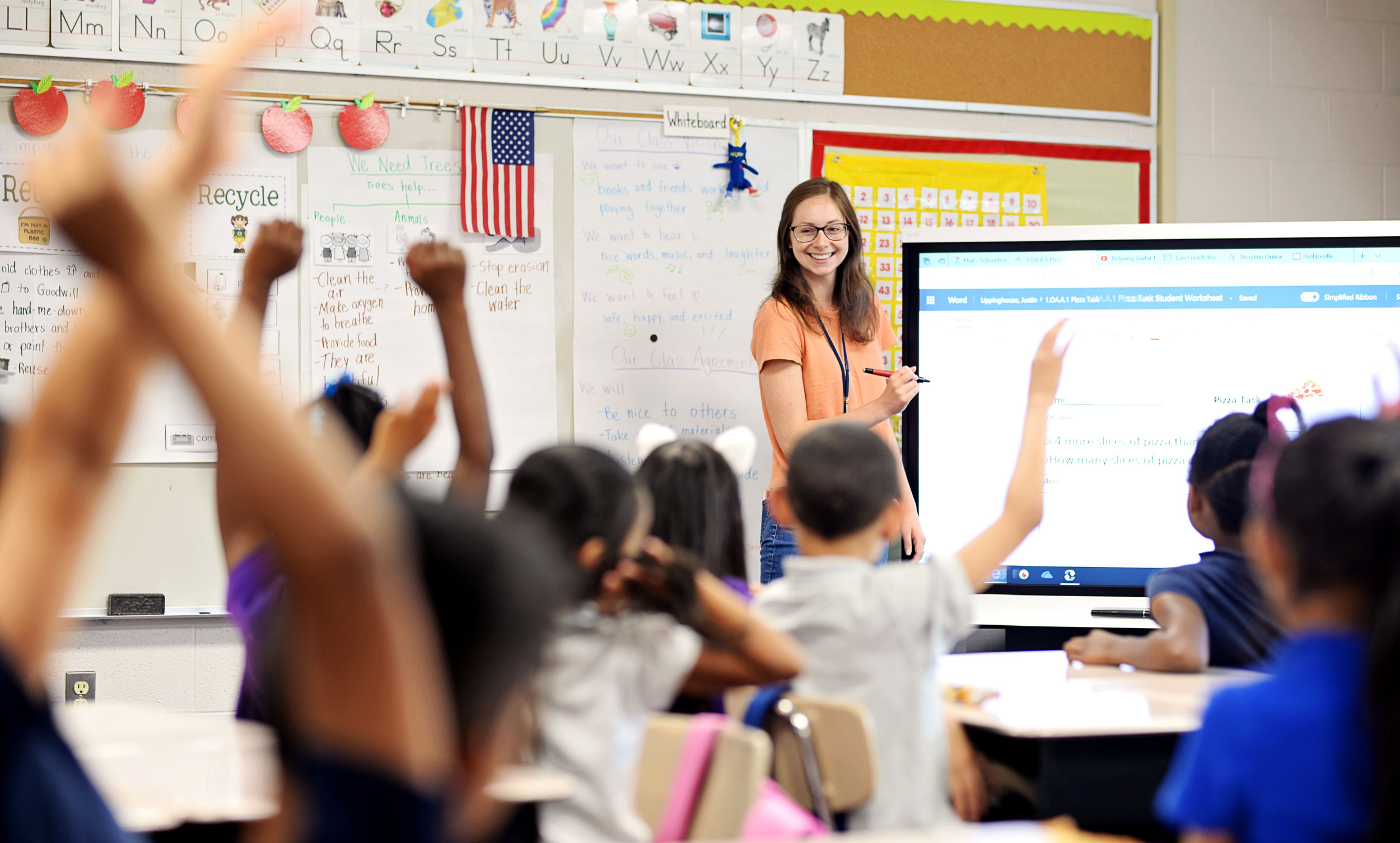
In addition to setting clear expectations, Uppinghouse knew that he must also create structures and systems that would allow his team to collaborate, plan, and grow together as educators. To avoid simply putting work on teachers’ plates and expecting them to find the time to do it themselves—especially when that time is already stretched so thin—he created the time for them, building in structured collaboration and planning time into the school day. While not a totally novel concept, the amount of time created for Whitsitt’s teachers is highly unusual. Grounded in his holistic approach to working with and developing people, Uppinghouse wanted to ensure teachers had as much of that time as possible for their own personal lives and families. Instead of having to use that time developing lesson plans and staying late, teachers at Whitsitt have 50 minutes of dedicated time each day to plan with their team and 45 minutes to prep individually for their class. Typically, teachers have one planning period built into the school day that may or may not coincide with other teachers they’d like to collaborate with, and this time is often co-opted by other responsibilities and tasks. Teachers at Whitsitt are also with math and literacy coaches at least 90 minutes once per week. This is the result of strategic scheduling on Uppinghouse’s part, something he and his team gleaned while visiting successful turnaround schools on a professional development trip to Massachusetts. By incorporating eight different related arts classes for students—such as science/Technology/Engineering/Art/Math (STEAM), music, PE,—compared to only three at the typical elementary school, core classroom teachers have time in the day to effectively plan and reflect, a rare and critical commodity for teachers.
Uppinghouse’s actions were very intentional: build the right team, set high and clear expectations, establish the structures that allow the team to meet those expectations, and trust, support, and re-invest in them as they carry out the work. This focus on adult actions and mindsets was driven by a focus on what was best for students. Better instruction from adults in the classroom meant larger academic gains for students. Improved collaboration and teamwork among adults in the building meant positive role models and increased innovation for students to learn from. And adults’ sharing an unwavering belief that every child can succeed meant that every student would share in Whitsitt’s improvement.
An Invitation Inside
Bringing Nashville to WhitsittEven with a dedicated team of teachers, schools on their own typically cannot provide the wraparound services and extracurricular enrichment opportunities their students need and deserve. There are so many resources within the Nashville community that schools can tap into, but this takes intention and effort on part of the school leadership. When Uppinghouse came to Whitsitt, the school had just three community partners. Today, Whitsitt boasts over 50. These partners provide opportunities for students to visit the zoo, learn about an elephant sanctuary, and take part in yoga and dance classes. Not only do students enjoy these experiences and develop as well-rounded learners, but they feel that their school is important and that their learning experience is special. They are exposed to new opportunities to apply their education to the outside world, and grow an understanding of their own likes, dislikes, personalities, and ambitions. Additionally, parents see the variety of positive experiences their child is exposed to, and this relationship of trust and support is further deepened.
When Uppinghouse came to Whitsitt, the school had just three community partners. Today, Whitsitt boasts over 50.
In order to be truly impactful, though, these community partnerships must be meaningful and relevant to students, and work in ways that are sustainable for both the school and community organization or member. As part of MNPS’ Community Achieves program, which connects schools and families to a variety of resources in the community, Whitsitt is able to build such partnerships effectively. Whitsitt’s Community Achieves coordinator designed the community partnerships at Whitsitt around the idea that Whitsitt students should have the same type of access to opportunities to do, see, and experience what Nashville has to offer as their more affluent peers do. This guides the decisions on the types of organizations Whitsitt chooses to partner with, and these organizations are brought directly to students during the school day. Each Monday, partners such as the Nashville Symphony, Woodbine United Methodist Church, the Cumberland River Compact, and the Creative Artists Agency come to Whitsitt to engage with students. Students participate in fun, exciting activities that enrich their learning and expand their world view. As a bonus, this is additional time that teachers can use for the extra collaboration that makes Whitsitt unique.
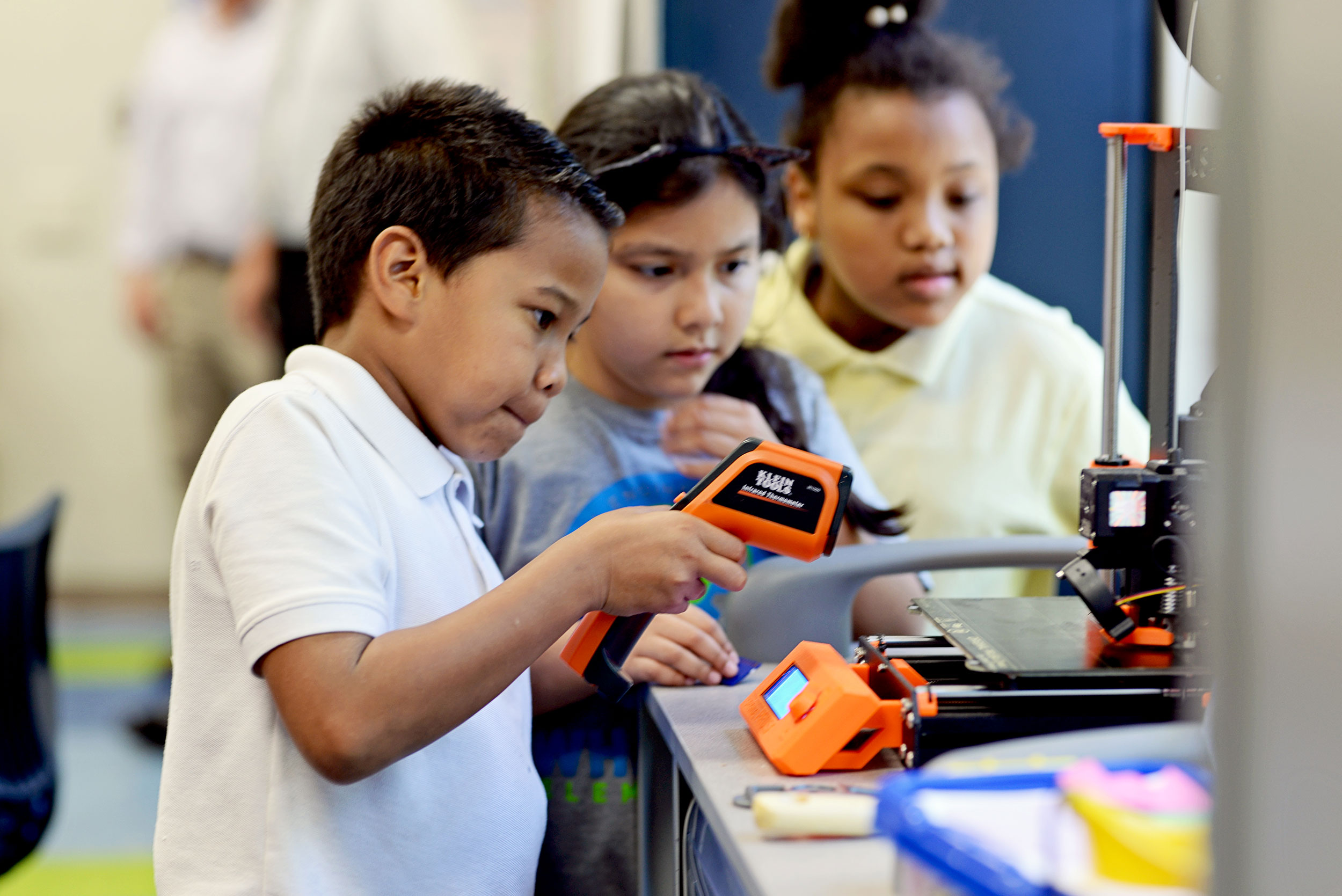
Valuing Families as Partners
Uppinghouse’s social work background ensures he doesn’t forget the additional importance of teaching the whole child, and extending that to the whole family—incorporating social and emotional learning, providing wrap-around supports when needed, celebrating Whitsitt’s many cultures and diversity, and creating fun learning experiences in and out of the school day. Building a school culture that is not only inviting and welcoming, but supportive and inclusive, enables families to become active partners in the success of their students.
Uppinghouse explains that, when he came to Whitsitt, families were apprehensive and felt that they didn’t have a voice in their students’ educations. Uppinghouse was committed to making sure this changed so that families saw themselves as equal partners. One strategy for this was working with families to provide a consistent message for students from the classroom to home. Whitsitt encouraged students and family members to start having “accountable talk,” discussing schoolwork at home so that parents knew what their child was learning and students were reinforcing knowledge learned during the day. This was a big turning point for several reasons: Families were more engaged and trusting of the school, communication improved, and students gained confidence and academic skills. Teachers report that, due to the “accountable talk,” kids were starting to shift from one-word answers to speaking and writing in longer sentences or paragraphs. Today parents feel more welcomed and comfortable speaking up about their students’ learning, based in large part on improved lines of communication.
Teachers describe Whitsitt as innovative, creative, exceptional, positive, transparent, supportive, and exciting.
Climbing to Thriving
Teachers describe Whitsitt as innovative, creative, exceptional, positive, transparent, supportive, and exciting. It’s clear that Uppinghouse’s focus on people—staff, students, families, and community partners—and providing the supports necessary for them to be a valued voice at the table are paying off.
Whitsitt still has a lot of growth to accomplish; but if current trends hold, great things should occur in the years soon ahead. The intentionality of school leadership to raise the bar academically, support teacher collaboration, utilize community partnerships to provide increased and myriad relevant and significant education experiences to students, and engage families as true partners is key to creating a school where all students thrive. These factors intertwine to create the types of skills, mindsets, and development we wish to see in our students as they grow.


